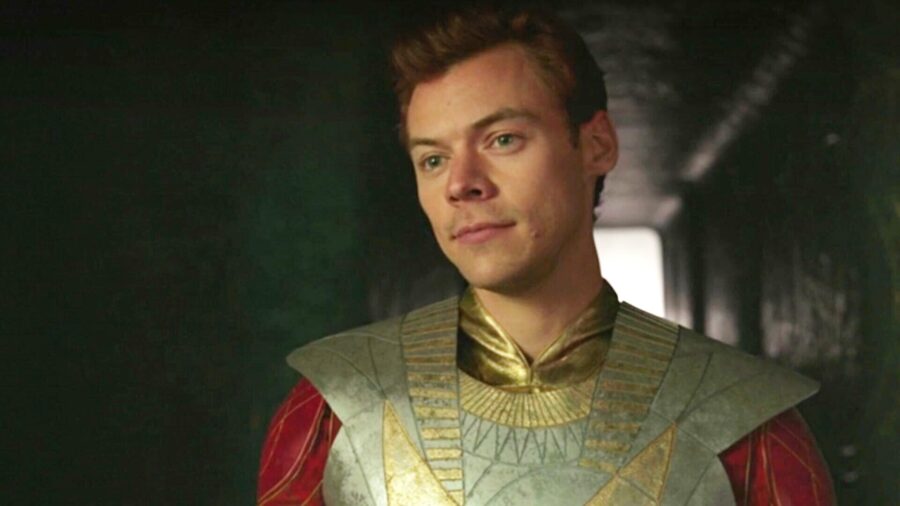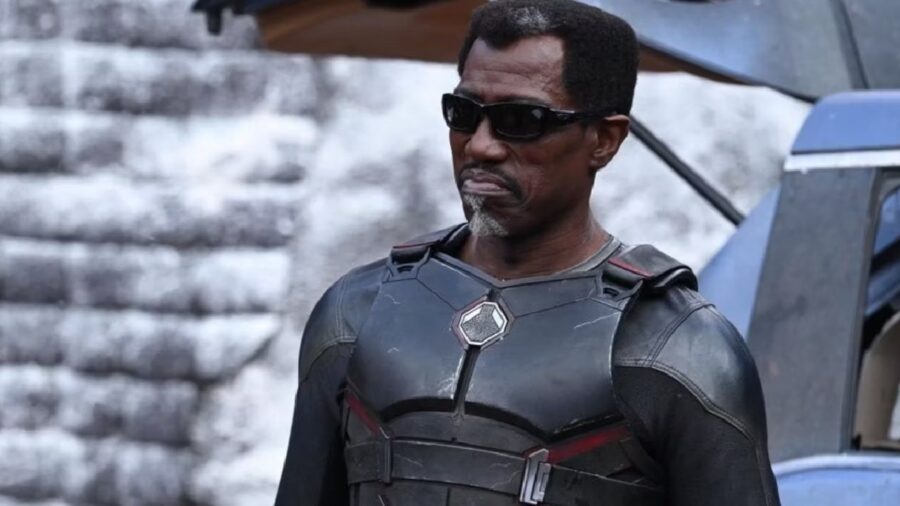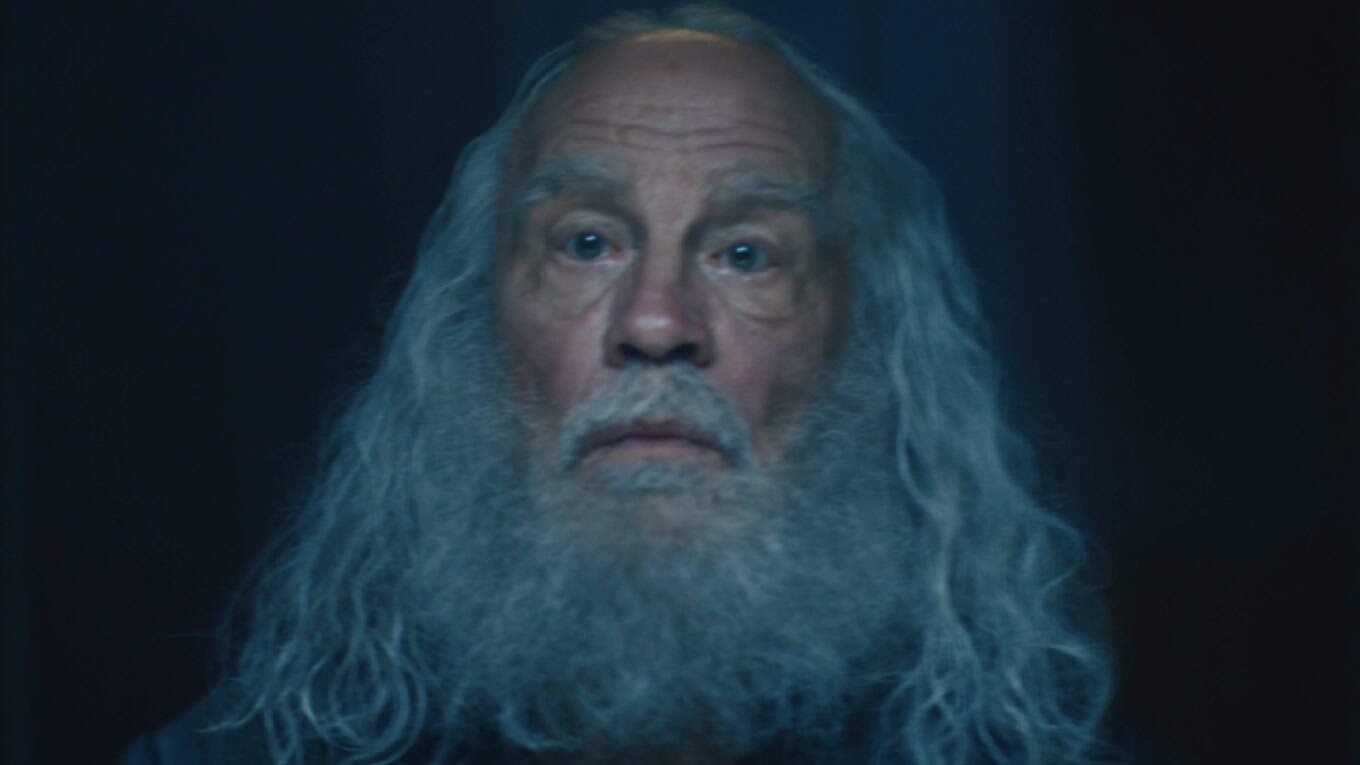By Drew Dietsch
| Published

Fantastic Four: First Steps opens this week, continuing the ever-present Marvel Cinematic Universe’s trudge through pop culture. The MCU is hoping to get a kick in the pants with its newest blockbuster as the brand has been suffering a bit of a slump in regards to its cultural dominance. Even MCU shepherd Kevin Feige has recently admitted that Marvel focused on quantity over quality for the last few years.
In fact, recent examinations and revelations into the MCU of late are revealing that there is a lot more chaos and confusion going on behind the scenes than anyone ever realized, and that is being reflected on the big screen.
First Steps Stumble
Let’s take a quick gander at Fantastic Four: First Steps for an example. News came out that John Malkovich’s character, Red Ghost, had been completely cut from the finished film. He’d been shown in previous marketing material and was certainly being positioned as an important figure for the story.
Nope! Yoink! Outta there! Now, actors being cut from movies is not an uncommon occurrence, but it definitely seems more worthy of scrutiny in a MCU movie because these things give the veneer of being thoroughly planned out in advance. How was a crucial character like Red Ghost made to be so inconsequential that they could be completely erased from the story?
It’s no secret that MCU movies and shows are being constantly reconfigured throughout production. Again, reshoots and changes in post-production are par for the course when it comes to most tentpole studio releases. Unfortunately, it seems to have become the MCU’s default creative state: figure the movie/show out while in the thick of it instead of committing to a script before production gets underway.
I’m sure nobody going to see Fantastic Four: First Steps is going to be upset that Red Ghost/John Malkovich isn’t in the movie, but his excision speaks to the overall structural mindset that the MCU simply can’t seem to escape. Clearly, nobody crafted a version of Red Ghost in the story that they could commit to. It’s this lack of confidence in their scripts that has become an unavoidable issue in building a strong world of characters.
Who Cares About Post-Credits Cameos Anymore?

Speaking of characters, the MCU built its foundation on surprising audiences with the appearance of Nick Fury at the end of Iron Man. This set a precedent that programmed audiences to not only expect a new character to be teased at the end of a Marvel movie, but for that character to be important beyond understandable measure for a future movie.
Once the MCU put that practice through the factory assembly line, it churned out a formula that lost all of its potency. We were expected to believe Hercules is going to be as important as Nick Fury. Did anyone actually buy Harry Styles and a nightmarish Patton Oswalt gnome as characters that will be super integral moving forward?
Here’s the thing: Kevin Feige didn’t buy into that stuff either. He’s also stated that he’s not committed to any of the post-credits characters we saw in Phase 5. It wouldn’t surprise me if most of those characters are either never spoken of again or get written off with some passing dialogue. But trust Big Kev, everything in Phase 6 is gonna matter so much.
Bye Bye, Blade

Then, there’s Blade. No question this has been the most spotlighted piece of trouble for the MCU. Announced in 2019 and meant to release this November, Blade has been taken off the schedule for the foreseeable future. It got far enough into pre-production that period costumes were put together for a story taking place in the early twentieth century. When the movie couldn’t get things together, Ryan Coogler benefited by using those costumes for Sinners.
Many fans feel that Blade shouldn’t be a movie that takes a ton of rewrites and reiteration to produce a decent story. There are already a trilogy of movies that prove Blade is not the hardest nut to crack. So why is the MCU Blade a character that can’t seem to be birthed from a confident concept?
This is nothing but my own speculation and artistic criticism: I don’t know if Blade is a character that works best woven into a larger tapestry of other comic book movies. I’m sure there’s a standalone Blade story that could wear the MCU moniker while not really acknowledging most of the MCU’s world, but that defeats one of the things audiences will expect from an MCU movie or show. If you aren’t doing MCU stuff in every MCU project, why even say it’s part of the MCU?
It’s a Catch-22 of Marvel Studios’ own making: they want to adapt every character they can, but some characters aren’t built to be adapted into their particular riff on the Marvel universe. It wouldn’t surprise me if part of Blade’s troubles are trying to fit the Daywalker’s square peg into Kevin Feige’s round hole.
After feeling enthused by James Gunn’s deployment of the DCU and a promise to keep movies and shows truly varied, the MCU is going to need to step up their creative game. Part of that means finding a stronger level of commitment to the stories they want to tell instead of the formula that made them such a success.
